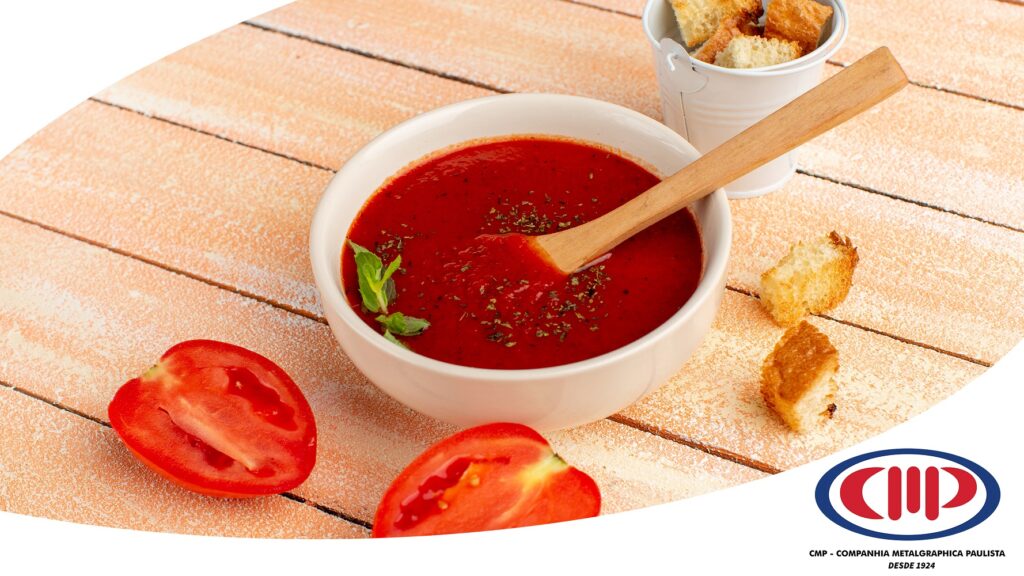Canned tomatoes, such as peeled, paste or sauce, are nutritious and more economical. A great option to keep food consumption at home
According to data released by the National Supply Company (Conab), tomatoes rose by 50% in July, compared to the previous month. With the drop in temperatures, the fruit harvest time is delayed and the tendency is for the price to continue to rise.
In order not to dispense with this food on the daily menu and ensure savings, an excellent alternative is canned tomatoes, whether peeled, extract or sauce.
In addition to costing less, tomato paste is also a safe and nutritious option. “Canned tomatoes do not require the use of chemical preservatives and their nutritional properties are, in most cases, better when compared to fresh products. Steel packaging for tomato products is much healthier for consumers, as they preserve the tomato's antioxidant properties,” says Thais Fagury, food engineer and executive at Abeaço (Brazilian Association of Steel Packaging).
As the can protects the food from the action of light, the tomato's vitamin C is preserved. The food is the source of lycopene, a powerful antioxidant that fights free radicals, delays aging and can protect against cancer. Studies prove that our organism absorbs lycopene better when exposed to cooking, that is, the heat increases the bioavailability of the substance, making it more present than in fresh tomatoes.
Check out the differences between each type of canned tomato:
Peeled tomatoes
Versatile in the kitchen, cans of peeled tomatoes, whole or in pieces, can be used in any recipe that uses the fruit. This type is the one that presents the tomato in its most natural form, since it is minimally processed. After harvesting, they are sanitized and promptly inserted into the cans along with some tomato juice. The cans preserve all the nutrients and flavor.
Tomato extract
The famous tomato paste is widely used in Brazilian cuisine to prepare sauces. This version is more concentrated and uses the pulp of riper tomatoes, which results in a very reddish color. To balance the taste, little salt and sugar are added. The recommendation is that the extract is still diluted in water in recipes, due to its density.
tomato passata
For those who want a tomato sauce with a more natural flavor, this, along with the peeled tomato, is the best option. Tomato passata consists of the cooked pulp, without the skin or seeds. It is a more homemade and practical option and does not contain salt or sugar and no addition of chemical preservatives.
Tomato Sauce
Very practical and ready to serve, the sauces are the most elaborate version of canned tomatoes. Canned foods usually have added salt, spices or herbs such as onion, garlic, oregano and basil. The concentration of the tomato varies according to the brand of the product. The ideal is always to check the list of ingredients, as there are some options on the market that contain more noble ingredients such as olives and ricotta, while others contain artificial flavorings to enhance the flavor. Versions packaged in steel cans do not contain chemical preservatives and, despite having a slightly higher price, guarantee greater preservation of the natural flavor of the tomato.
Source: Food and Recipes – 08/25/2021











